Antonio Bonet Correa and the Beginnings of Contemporary Art in Spain
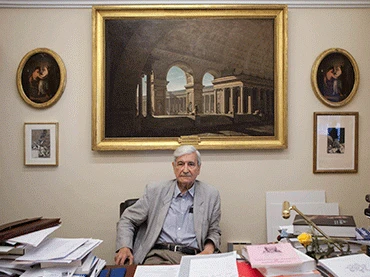
Antonio Bonet Correa. Photograph: Tofiño
Held on 08 sep 2020
The Museo Reina Sofía organises this colloquium in memory of Antonio Bonet Correa (La Coruña, 1925 – Madrid, 2020), who passed away in May this year, exploring the relationships this distinguished art historian cemented with contemporary art theory and critique in Spain and the art movements of his time.
Antonio Bonet Correa’s interests were inexhaustible (the Spanish and Hispanic American baroque, urbanism and architecture, historical avant-garde movements…), and he personified the aperturismo, or openness, of the Late Francoism period through his publishing work and university lecturing. The first of these activities accounts for the publication of countless indispensable essays on the historiographical beginnings of modern and contemporary art in Spain and the instruction of a generation of art historians, among them Juan Antonio Ramírez, Ángel González, Francisco Calvo Serraller and Estrella de Diego, thereby opening the way for contemporary visual culture, feminism, art theory, sociology and historical avant-garde art in Spanish academia, and establishing the start of theoretical discourse on contemporary art in Spain. This role earned him the name “master of masters”. Bonet Correa was also one of the founders of the ARCO art fair, created as an instrument to internationalise Spanish art, and was director of summer courses at Menéndez Pelayo International University (UIMP) that defined and debated key movements in the new artistic landscape of the first democracy, for instance New Figuration in Madrid. Further, he was director of Seville’s Fine Arts Museum, the San Fernando Royal Academy of Fine Arts and chairman of the Board to Rank, Evaluate and Export Assets of Spanish Art’s Historical Heritage. His contribution to art history was awarded Spain’s Gold Medal of Merit in the Fine Arts (2012) and the Honorary Presidency of CEHA (the Spanish Committee of Art History, an organisation he helped to found).
The colloquium also features the participation of art historians Estrella de Diego and María Dolores Jiménez-Blanco, artists Guillermo Pérez Villalta and José Manuel Ballester, and gallerist Juana de Aizpuru. It will be moderated by Juan Manuel Bonet, former director of Museo Reina Sofía, from 2000 to 2004, and one of Antonio Bonet Correa’s sons. The act will conclude with a musical performance by another of Antonio Bonet Correa’s sons, Pedro Bonet, director of the baroque music group La Folía and a recorder professor.
Programme
7pm
Presentation. Manuel Borja-Villel, director of the Museo Reina Sofía, and Ángeles González-Sinde, president of the Museo Reina Sofía Board of Trustees
7:15pm
Colloquium. With the participation of Juana de Aizpuru, José Manuel Ballester, Estrella de Diego, María Dolores Jiménez-Blanco, Guillermo Pérez Villalta. Moderated by: Juan Manuel Bonet.
8:30pm
Concert. Pedro Bonet, recorder.
Performing Amarilli mia bella. Hommage a Van Eyck (1971), by Hans-Martin Linde.
Organised by
Museo Reina Sofía
Doors open at 6:30pm
Requirements:
Ensure safe distancing at the entrance and exit
Use the stairs and give the elderly and people with disabilities or special needs priority use of the lift
Comply with unavailable seating
Arrive with enough time to guarantee an orderly movement of people
Participants
Juana de Aizpuru is a gallerist and pioneer of contemporary art in Spain. She founded the ARCO art fair in 1982, which she directed from its inception to 1986. She is also the founder and director of the gallery that bears her name, the Juana de Aizpuru Gallery, chaired the Spanish Association of Contemporary Art Galleries, and is a member on the Board of Directors of the Spanish Federation of Art Galleries. Furthermore, she has participated in prestigious national and international art fairs such as Frieze Art Fair, Art Basel, Paris Photo, Art Lima, Estampa and Art Genève. In 1997, she was awarded the Gold Medal for Merit in the Fine Arts.
José Manuel Ballester is a painter and photographer, and winner of Spain’s National Etching Award in 1999 and National Photography Award in 2010. His numerous exhibitions most notably include Habitación 523 (Museo Reina Sofía, 2005), Fervor de Metrópolis (Pinacoteca del Estado de São Paulo, 2010), La Abstracción en la Realidad (Sala Alcalá 31, 2011) and Bosques de luz (Tabacalera, 2013). Moreover, his works are part of an array of museums and institutions such as Museo Reina Sofía, IVAM in Valencia, the Telefónica Foundation, Museo Guggenheim in Bilbao, the Iberdrola Collection and the Cristina Masaveu Peterson Collection.
Juan Manuel Bonet is a writer and art and literary critic who was director of Instituto Cervantes in Paris from 2012 to 2017 and, subsequently, Instituto Cervantes until 2018. He was also director of IVAM and the Museo Reina Sofía, and is chairman of the Rafael Cansinos Assens Foundation-Archive and the International Committee of the Vicente Huidobro Foundation. Furthermore, he has curated around thirty exhibitions, with a strong emphasis on the recovery of historical avant-garde movements in Spain, Spanish painting during the 1980s, and international Painterly Abstraction after the Second World War. He is author of the benchmark monograph Diccionario de las vanguardias en España (1907-1936) (Alianza, 1995) and curator and author, respectively, of the show and book Impresos de vanguardia en España (1912-1936) (Centro Andaluz de Arte Contemporáneo, 2011). His poetry work can be found in full in Via Labirinto (Poesía 1978-2015) (La Veleta, 2018) and the diary La ronda de los días (1984-1990) (Guillermo Canals, 1990). He has also overseen critical editions of Rafael Alberti, Max Aub, Salvador Dalí, José María Eguren and Rafael Lasso de la Vega, among others.
Pedro Bonet is a recorder professor at the Madrid Royal Music Conservatory. As a concert musician, he has performed as a soloist with orchestras (Camerata de Madrid, Camerata del Prado, Orquesta Sinfónica de Madrid, etc.), played solo flute and performed in different chamber formations with the group La Folía, which he founded in 1977 and with whom he has performed in over forty countries in Europe, America, Asia and Africa, and recorded albums such as Música instrumental del tiempo de Velázquez, La imitación de la naturaleza, Los viajes de Gulliver y otras visiones… and La Nao de China. Moreover, he has curated numerous works in a contemporary language for baroque ensembles, with La Folía premiering them in festivals in Granada, Alicante, Roma, Istanbul and Caracas.
Estrella de Diego is an essayist, lecturer at Madrid’s Complutense University and a full member of the San Fernando Academy of Fine Arts. She has held the King Juan Carlos I of Spain Chair (New York University) and was honoured with the Ida Cordelia Beam Distinguished Professorship 2017–2018. She is author of numerous books, including No soy yo: autobiografía, performance y los nuevos espectadores (Siruela, 2011) and Rincones de postales: turismo y hospitalidad (Cátedra, 2014), and has curated exhibitions such as Berenice Abbott. Portraits of Modernity (Fundación Mapfre, 2019) and Liliana Porter. Dialogues and Disobediences (Artium, 2017). She is also on the Board of Trustees of the Spanish Academy in Rome, Instituto Cervantes, and is a board member of the Norman Foster Foundation and the Real Colegio Complutense at Harvard.
María Dolores Jiménez-Blanco Carrillo de Albornoz is an art historian and director of the Department of Art History at Madrid’s Complutense University. A chairperson of the Royal Board of Trustees of the Museo Nacional del Prado since 2013, she has curated exhibitions such as Campo Cerrado. Spanish Art, 1939–1953 (Museo Reina Sofía, 2016) and The Unseen. From Informalist Painting to the Photobook (1945–1965) (Fundación Juan March, 2016). Moreover, she is a specialist in the relationships between art and politics in the twentieth century, Juan Gris and Cubism, and the ties between the history of collecting and museums, publishing a broad number of essays and monographs in this area, most notably Antes, desde y después del cubismo: Picasso, Gris, Blanchard, Gargallo y González, y vuelta a Picasso (Antonio Machado, 2017) and Una historia del museo en nueve conceptos (Cátedra, 2014).
Guillermo Pérez Villalta is an artist, and winner of Spain’s National Award for Plastic Arts in 1985. His work is part of a number of collections, including the Museo Reina Sofía, the Solomon R. Guggenheim Museum, the Centro Andaluz de Arte Contemporáneo (CAAC) and Fundación Juan March collections. His most recent exhibitions include Pinturas 2008-2010 (Galería Soledad Lorenzo, Madrid, 2010) and Viajes de Gulliver (Museo de Bellas Artes de Jaén, 2012), and the collective shows The Schizos of Madrid. Madrid’s Figurative Movement in the 1970s (Museo Reina Sofía, Fundación Josep Suñol, Barcelona, and the Centro Andaluz de Arte Contemporáneo CAAC, Seville, 2009–2010) and Soledad Lorenzo Collection (Museo Reina Sofía, 2017–2018).

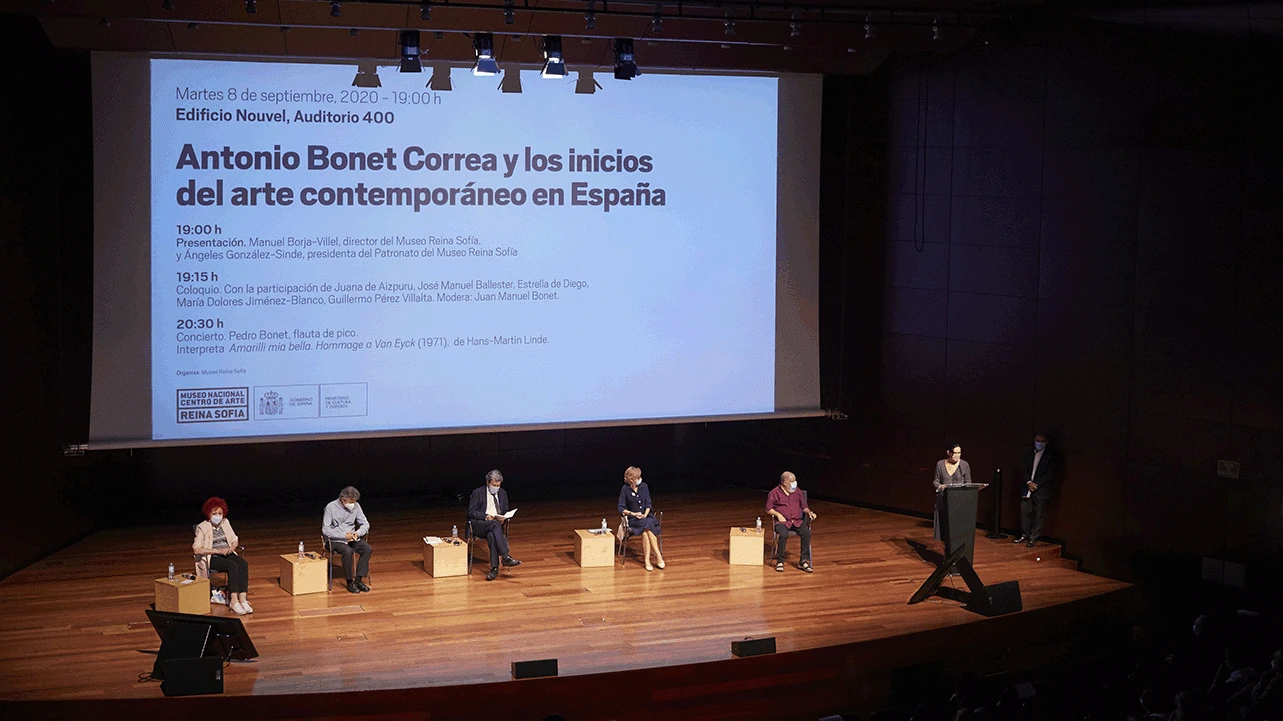

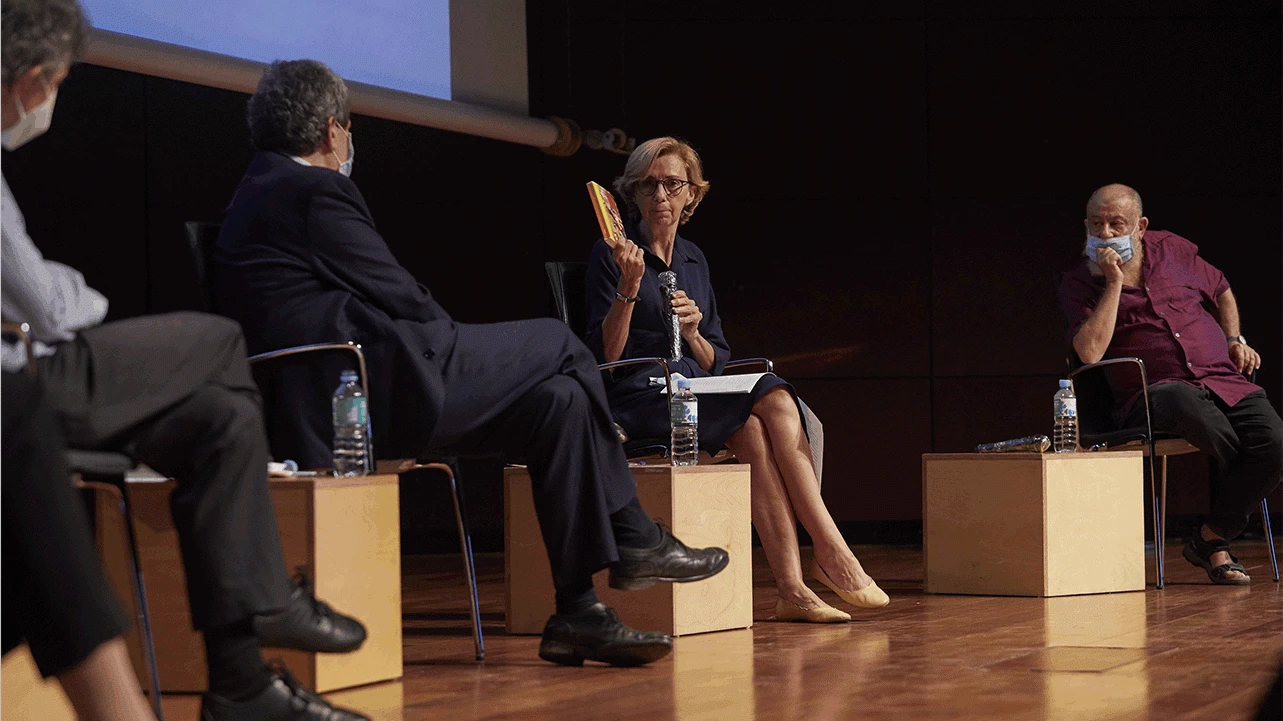
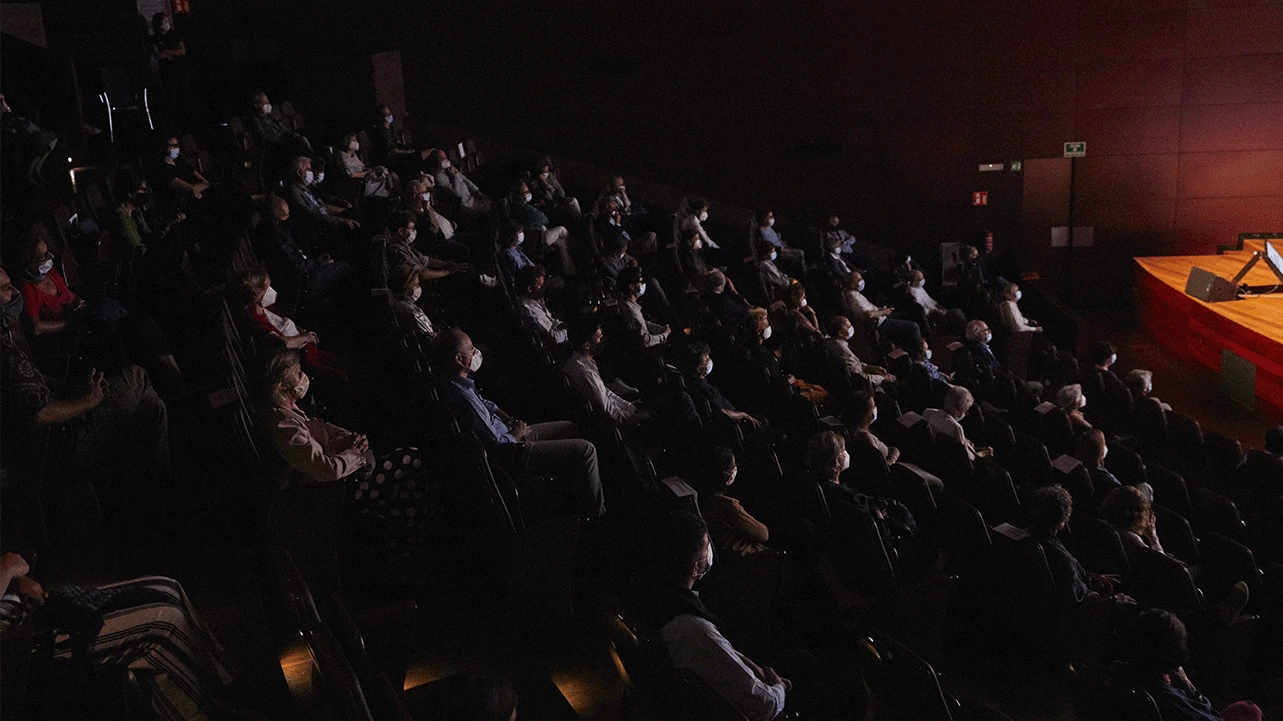
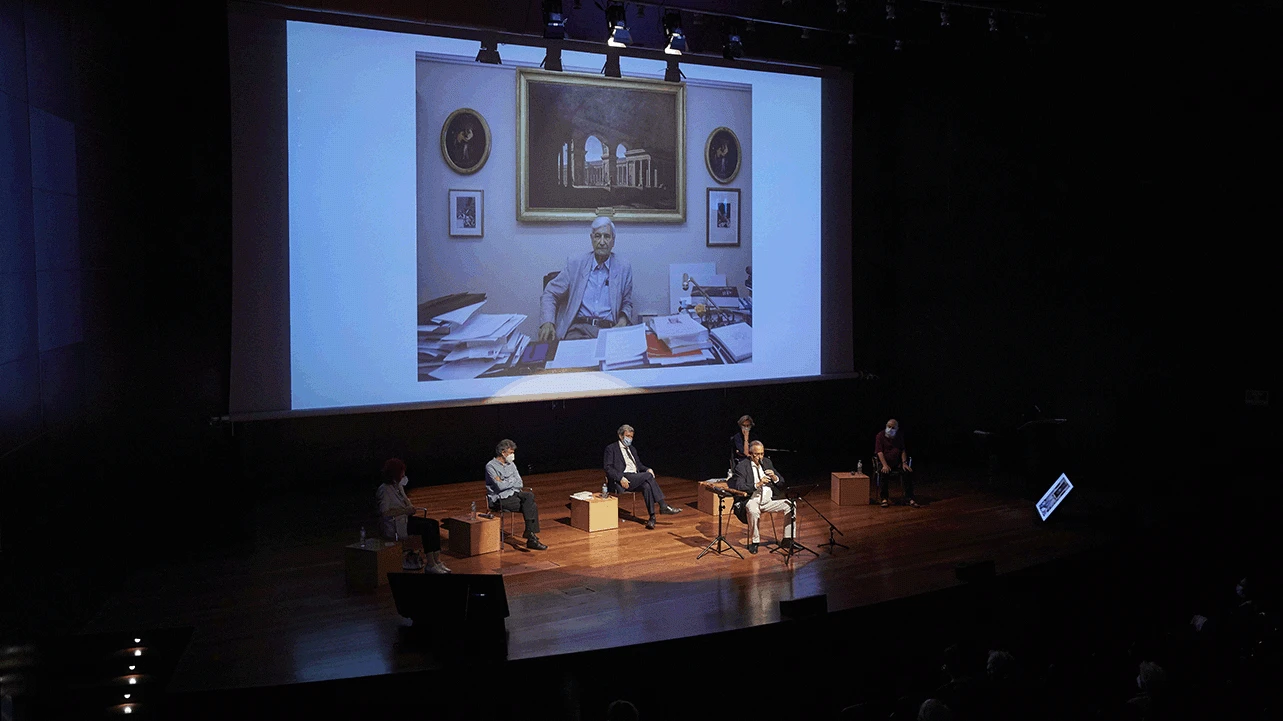
Más actividades
![Metahaven, The Sprawl: Propaganda about Propaganda [La diseminación: propaganda sobre propaganda], 2015, película](https://recursos.museoreinasofia.es/styles/small_landscape/public/Actividades/interfaz_emotiva_0.jpeg.webp)
EMOTIVE INTERFACE. The Films of Metahaven
Thursday, 27, Friday, 28, and Saturday, 29 November 2025 – check times
The Museo Reina Sofía and the Márgenes International Film Festival in Madrid, here in its fifteenth edition, present this series devoted to the artist collective Metahaven. The programme is framed inside the working strand both institutions started in 2024, focusing on an exploration of contemporary audiovisual narratives, a hybridisation of languages and the moving image as a tool for practising critical gazes on the present. Emotive Interface. The Films of Metahaven comprises two sessions of screenings and a masterclass delivered by the collective, centring on the relationship between the internet, technology, time and the moving image. All sessions will be presented by the artists.
The work of Metahaven — Dutch artist duo Vinca Kruk and Daniel Van der Velden — encompasses graphic art, video, installations, writing and design around urgent issues related to governance, identity, power and transparency in the digital age. Thus, their practice stands at the crossroads of art, film and critical thought, as they employ visual language as a tool to explore the tensions between technology, politics and perception, their practice combining the rigour of the visual essay and a strong poetic component, where graphic design, digital animation and documentary material fuse into dense, emotionally ambiguous compositions that speak of post-digital romanticism through an allegorical formulation. The spotlight of this series shines brightly on some of Metahaven’s recent works, for instance The Feeling Sonnets (Transitional Object) (2024), in which they examine language, poetry and digital time, and on The Sprawl (Propaganda About Propaganda) (2015), an essay which explores how the internet and social media have radically altered the relationship between truth, power and perception. Finally, the duo’s masterclass is set forth here as a survey of the main themes explored by both artists.
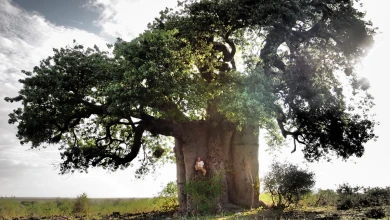
Francisco López and Barbara Ellison
Thursday, 11 December - 8pm
The third session in the series brings together two international reference points in sound art in one evening — two independent performances which converse through their proximity here. Barbara Ellison opens proceedings with a piece centred on the perceptively ambiguous and the ghostly, where voices, sounds and materials become spectral manifestations.
This is followed by Francisco López, an internationally renowned Spanish sound artist, who presents one of his radical immersions in deep listening, with his work an invitation to submerge oneself in sound matter as a transformative experience.
This double session sets forth an encounter between two artists who, from different perspectives, share the same search: to open ears to territories where sound becomes a poetic force and space of resistance.
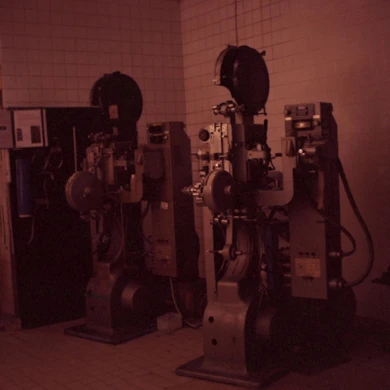
Long Live L’Abo! Celluloid and Activism
4, 5, 6 DIC 2025
L’Abominable is a collective film laboratory founded in La Courneuve (Paris, France) in 1996. It came into being in response to the disappearing infrastructures in artisan film-making and to provide artists and film-makers with a self-managed space from which to produce, develop and screen films in analogue formats such as Super 8, 16mm and 35mm. Anchored in this premise, the community promotes aesthetic and political experimentation in analogue film opposite digital hegemony. Over the years, L’Abominable, better known as L’Abo, has accompanied different generations of film-makers, upholding an international movement of independent film practices.
This third segment is structured in three sessions: a lecture on L’Abo given by Pilar Monsell and Camilo Restrepo; a session of short films in 16mm produced in L’Abo; and the feature-length film Une isle, une nuit, made by the Les Pirates des Lentillères collective.
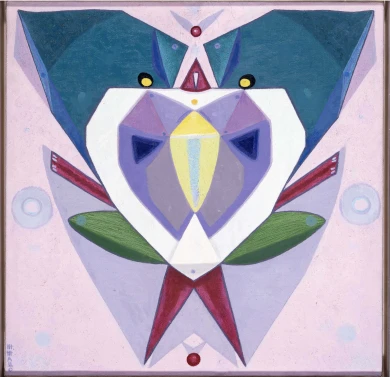
Estrella de Diego Lecture. Holding Your Brain While You Sleep
Wednesday, 3 December 2025 – 7pm
Framed inside the Museo Reina Sofía’s retrospective exhibition devoted to Maruja Mallo, this lecture delivered by Estrella de Diego draws attention to the impact of the artist’s return to Spain after her three-decade exile in Latin America.
Committed to values of progress and renewal in the Second Republic, Mallo was forced into exile to Argentina with the outbreak of the Civil War and would not go back to Spain to settle definitively until 1965 — a return that was, ultimately, a second exile.
Mallo saw out her prolific artistic trajectory with two impactful series: Moradores del vacío (Dwellers of the Void, 1968–1980) and Viajeros del éter (Ether Travelers, 1982), entering her most esoteric period in which she drew inspiration from her “levitational experiences” of crossing the Andes and sailing the Pacific. Her travels, both real and imaginary, became encounters with superhuman dimensions.
In parallel, her public persona gained traction as she became a popular figure and a key representative of the Generation of ‘27 — the other members of which also started returning to Spain.
This lecture is part of the Art and Exile series, which seeks to explore in greater depth one of the defining aspects of Maruja Mallo’s life and work: her experience of exile. An experience which for Mallo was twofold: the time she spent in the Americas and her complex return to Spain.
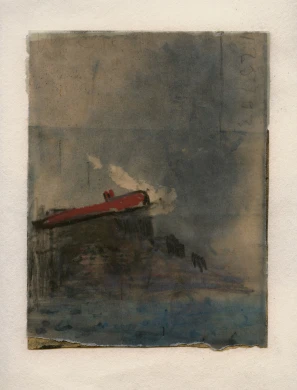
Juan Uslé. That Ship on the Mountain
Tuesday, 25 November 2025 – 7pm
Ángel Calvo Ulloa, curator of the exhibition Juan Uslé. That Ship on the Mountain, engages in conversation with artist Juan Uslé (Santander, 1954) in the Museo’s Auditorium 400 to explore in greater depth the exhibition discourse of this anthological show spanning four decades of Uslé’s artistic career.
The show casts light on the close relationship Uslé’s work bears to his life experiences, establishing connections between different stages and series which could ostensibly seem distant. Framed in this context, the conversation looks to explore the artist’s personal and professional journey: his memories, experiences of New York, his creative process, conception of painting, and ties with photography and film, and the cohesiveness and versatility that characterise his art. Key aspects for a more in-depth understanding of his artistic sphere.
The conversation, moreover, spotlights the preparatory research process that has given rise to this exhibition to grant a better understanding of the curatorial criteria and decisions that have guided its development.
These inaugural conversations, part of the main working strands of the Museo’s Public Programmes Area, aim to explore in greater depth the exhibition narratives of the shows organised by the Museo from the perspective of artists, curators and specialists.



![Miguel Brieva, ilustración de la novela infantil Manuela y los Cakirukos (Reservoir Books, 2022) [izquierda] y Cibeles no conduzcas, 2023 [derecha]. Cortesía del artista](https://recursos.museoreinasofia.es/styles/small_landscape/public/Actividades/ecologias_del_deseo_utopico.jpg.webp)
![Ángel Alonso, Charbon [Carbón], 1964. Museo Reina Sofía](https://recursos.museoreinasofia.es/styles/small_landscape/public/Actividades/perspectivas_ecoambientales.jpg.webp)